Improve Home Comfort and Building Durability by Reducing Draughts
Reducing draughts through the home and creating more air tight buildings is a growing trend in the residential construction industry. The benefits of reducing air flow through the home has been well documented for over 40 years, yet now, the need to realise these advantages are more critical than ever. With rising energy costs and the increasing expectations of comfort and health in living spaces, the need to achieve long term weather durability in buildings by improving air tightness is becoming a crucial element required in any building.
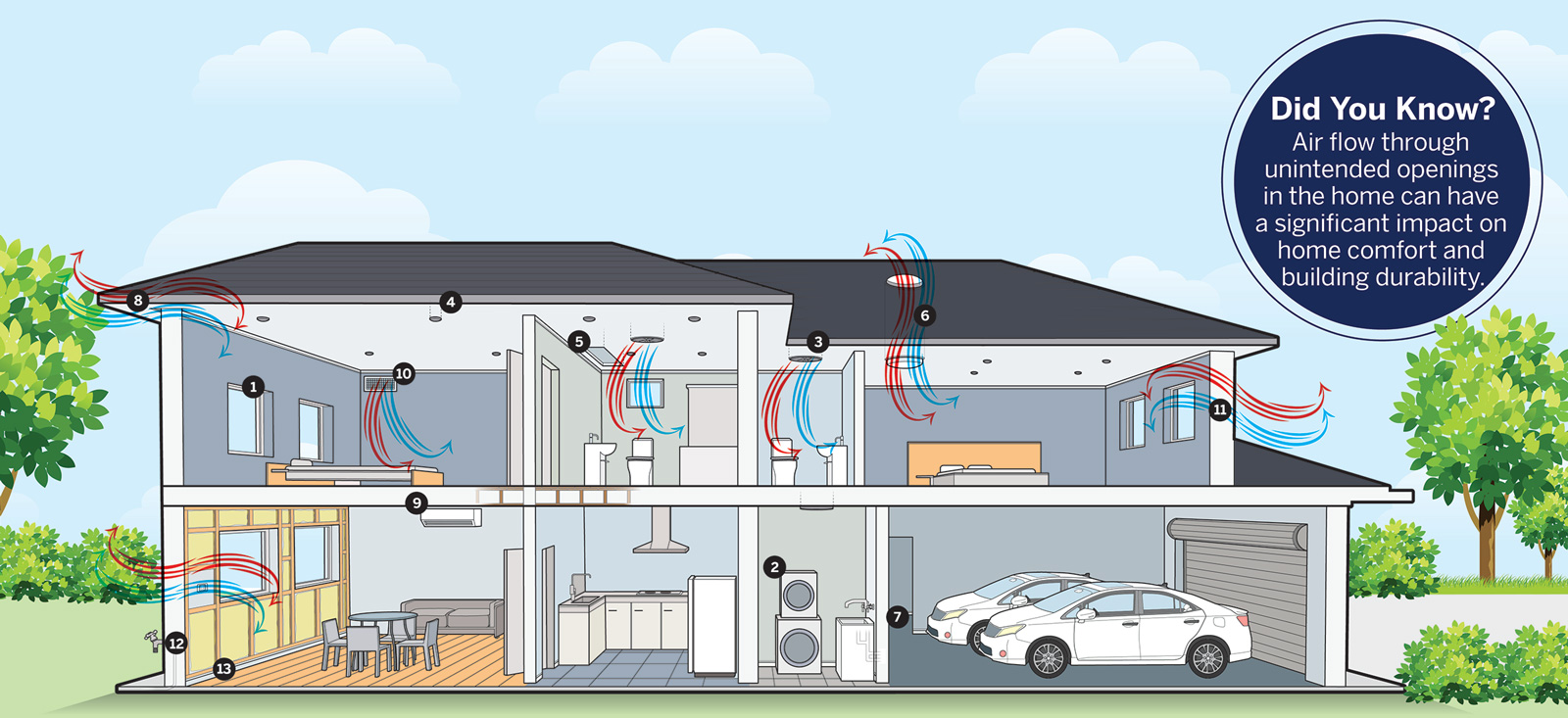
Unintended Openings for Draughts
- Gaps around and between windows
- Air vents in walls – dryer, kitchen rangehood
- Exhaust fan vents – bathroom, laundry
- Gaps around recessed downlights
- Ceiling cavity hatch
- Vented sky light
- Gaps around and under doors
- Gaps around eaves
- Fixed air conditioners in walls
- Air conditioner ducting
- Construction joints between wall materials
- Gaps where pipes or plumbing penetrate walls
- Gaps between wall or floors and skirting boards
The Benefits of Improving Air Tightness in Your Home
- Improves temperature related comfort inside the home, keeping you warmer in winter and cooler in summer.1
- Helps minimise weather related water damage caused by heavy rain and strong winds, therefore reducing potential mould growth and associated rectification costs to the building structure.
- Reduces the cost of energy bills by limiting draughts blowing through the home and minimising the need for heating and cooling2, and;
- Reduces the amount of dust that can enter the home via gaps in the wall or roof for a more hygienic, healthy home.
Unintended Openings that create draughts in the home can be greatly minimised by adding Wall Wrap and Roof Sarking to your home during construction.
The Benefits of Reducing Draughts In Your Home
Keep Warmer in Winter, and Cooler in Summer
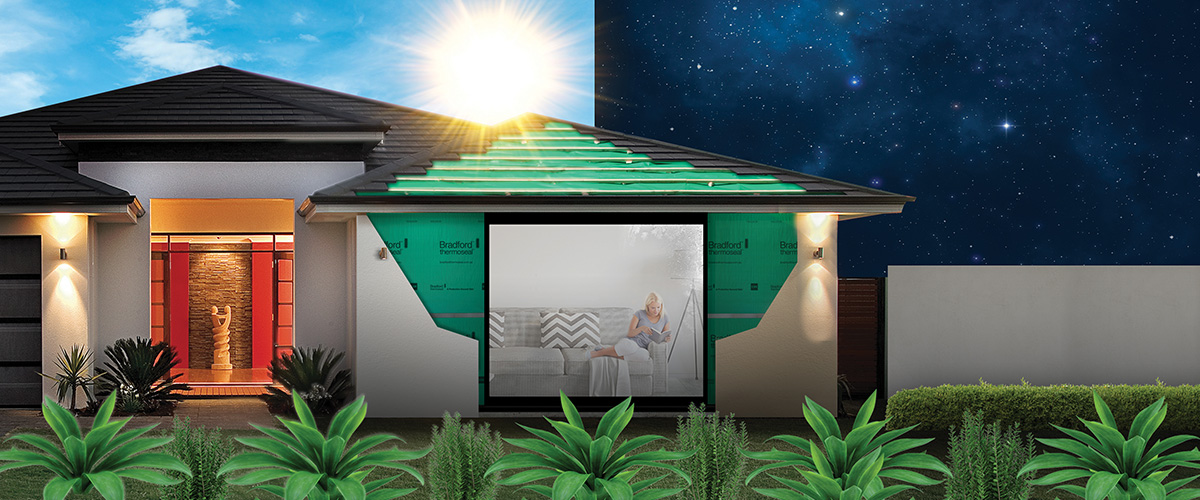
One of the primary benefits of reducing air flow through a building is the improvement of temperature related comfort. When less air is able to leak from the building it creates a stable temperature inside the home making it much more enjoyable to live in1. This has a dramatic effect in both summer and winter as it slows warmth from escaping during colder months and prevents heat from entering in hotter times of the year.
Minimise Weather Related Water Damage
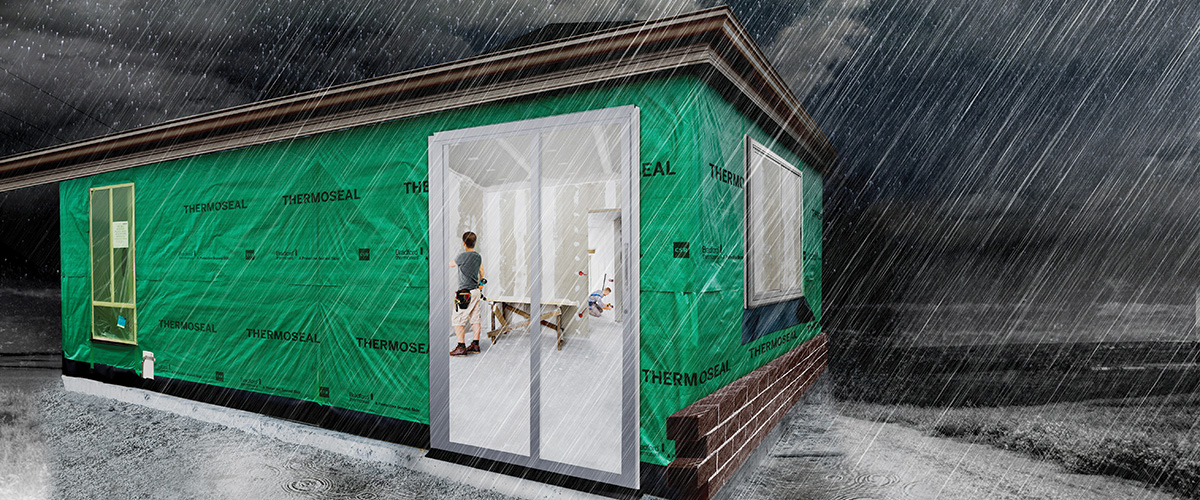
Wall Wraps and Roof Sarking provide A Protective Second Skin™ that protects the timber frame both during and after construction. Without Wall Wrap or Roof Sarking heavy winds can carry rain into the wall and roof systems potentially leading to mould growth or timber rot in the frame. By using Bradford’s range of wraps you can significantly improve building durability and minimise risk of rectification.
Reduces Dust Entry into the Home
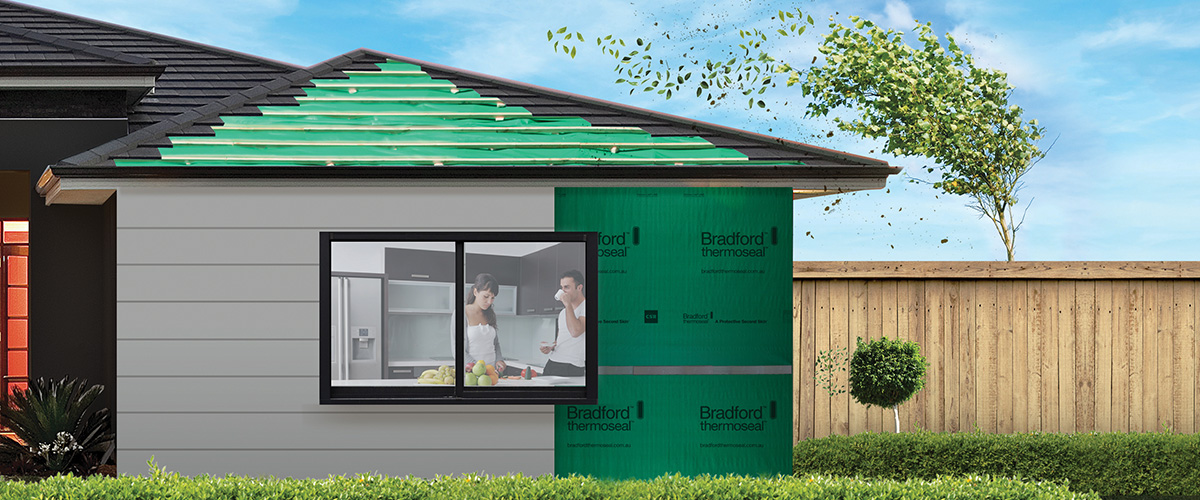
Heavy winds can blow dirt and dust from outside to inside the home through a variety of unintended openings in the wall or roof. By adding Wall Wrap and Roof Sarking to your home, it can limit the amount of dust that enters into the building through gaps around downlights, vents, eaves, pipework or cavities in the wall system. This allows your home to be cleaner and more hygienic all year round.
Decreases Energy Costs
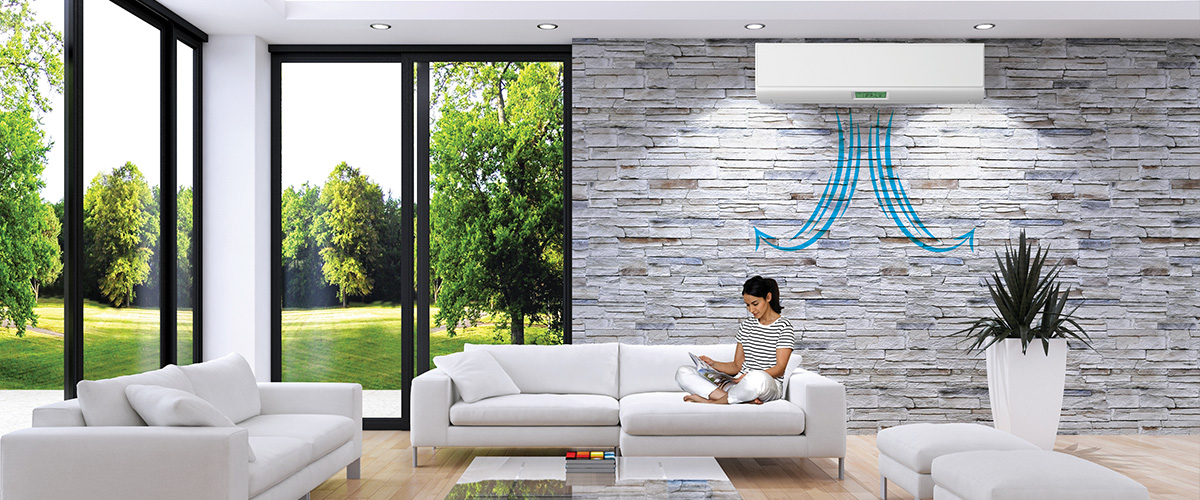
The improvement in energy efficiency by reducing air flow through the home greatly depends on the region or climate of the building’s location. However, it is well noted that by minimising draughts in the home it can reduce the cost of energy bills2. Less draughts means that air conditioners work more effectively and the heat or cool is kept inside. This means the heater or air conditioner can run less while keeping the home warmer or cooler for longer therefore reducing energy bills.
Find out more about how wall wraps and roof sarking can improve home comfort. Download Brochure
“Research conducted by the ‘The Australian Institute of Refrigeration Air Conditioning and Heating’ and the ‘Building Physics Special Technical Group’, October, 2016, show;
[1] The study showed increases in thermal comfort and more controlled temperature fluctuations by improving the air tightness from 35ACH50 to 10ACH50.
[2] When a 35ACH50 home is sealed to 10ACH50 it can reduce peak heating loads by 21-32% and reduce peak cooling loads by 7-22% in capital cities.”

